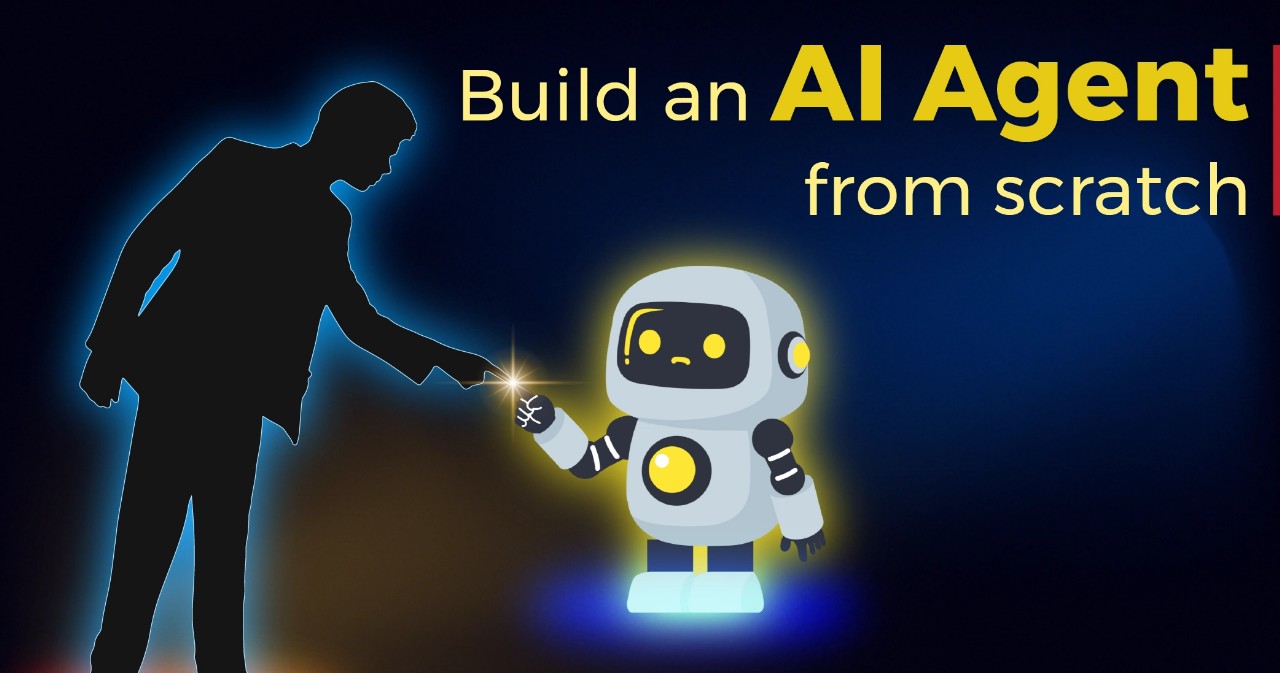 Image Source: ProjectPro
Image Source: ProjectPro
Google has released a practical developer guide on how to build AI agents using Gemini 3. Starting from a simple API call, the guide walks through creating a command-line agent, adding tools, and scaling to web interfaces. New features like the Agent Development Kit and Thought Signatures enhance reliability and transparency.
Show more
Step-by-step approach to agent development
The guide explains that an agent is essentially a loop where the large language model (LLM) decides control flow and calls tools as needed. Developers can begin with a minimal setup—just one API call—and gradually add capabilities such as search, file operations, and error handling. Gemini 3 Pro, paired with the Agent Development Kit (ADK), enables integration of tools and user interfaces, while Thought Signatures provide visibility into the model’s reasoning process. This structured approach helps developers move from prototypes to production-ready agents with greater confidence.
Notable updates
• Core agent pattern: LLM loop with dynamic tool access
• Agent Development Kit supports tool integration and web UI demos
• Thought Signatures allow inspection of reasoning traces for robustness
• Quick-start examples available in Python and Node.js with streaming APIs
• Focus on iterative development from simple prototypes to full-scale agents
Major takeaway
Gemini 3 simplifies agent creation by offering a clear development path—start small, add tools strategically, and use ADK and Thought Signatures to build reliable, inspectable agents ready for real-world applications.
Sources: Google for Developers, Collabnix, Phil Schmid Blog
Stay Ahead – Explore Now!
Byte-Sized Brilliance: Gen Z’s Hacker House Sparks Bengaluru Buzz
Advertisement
Advertisement